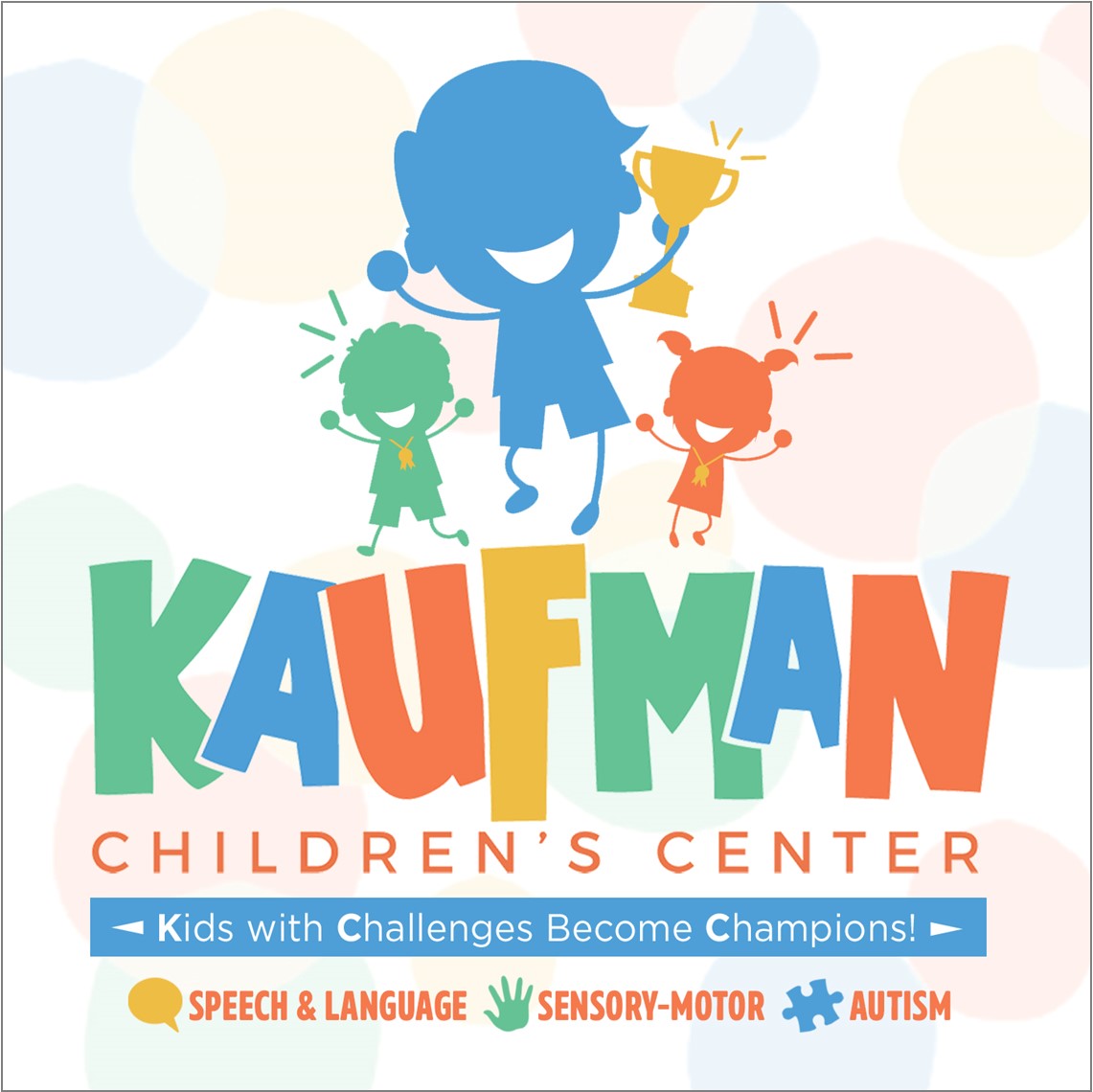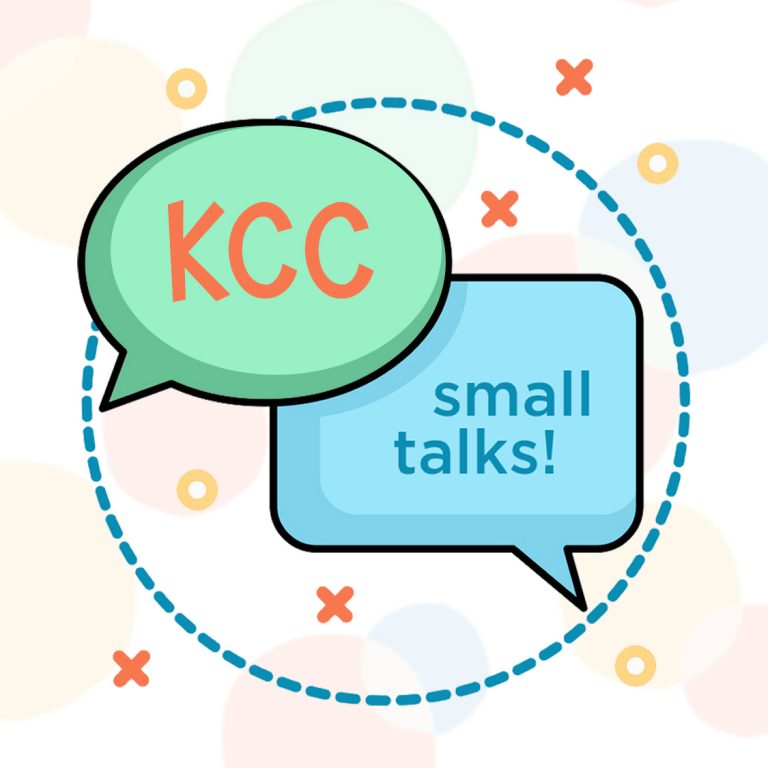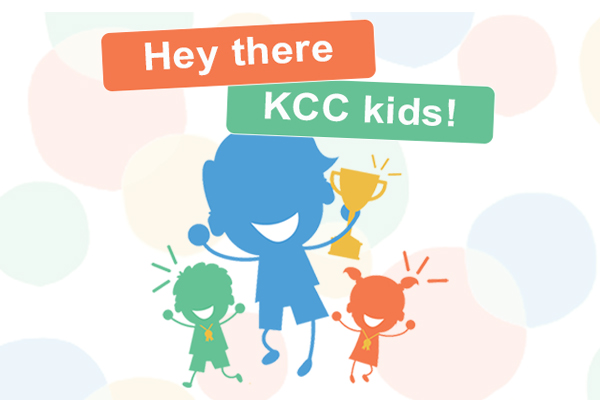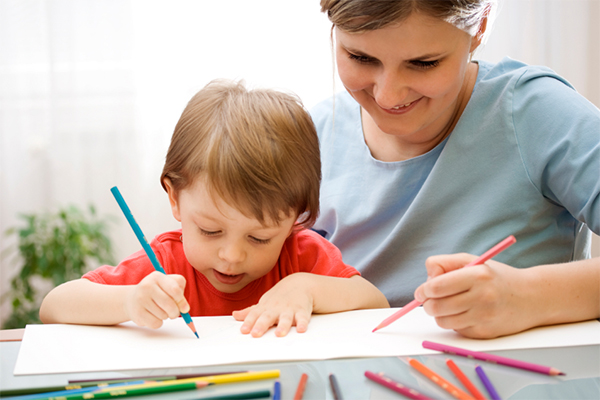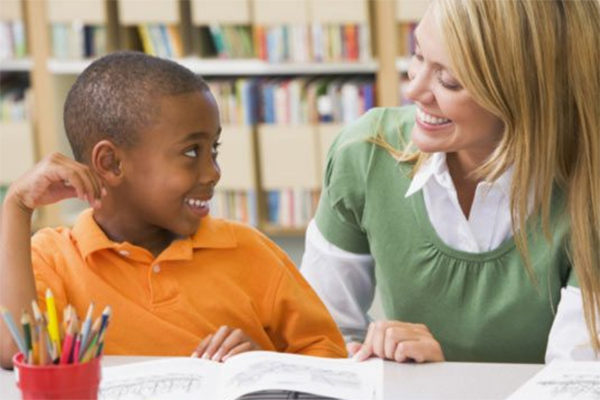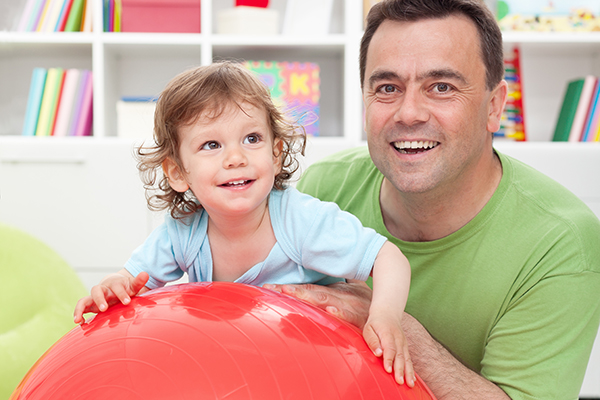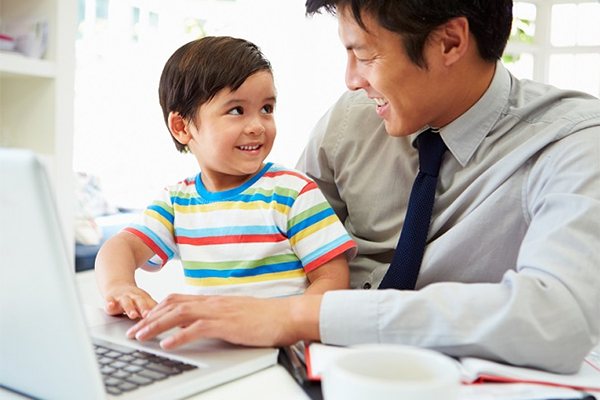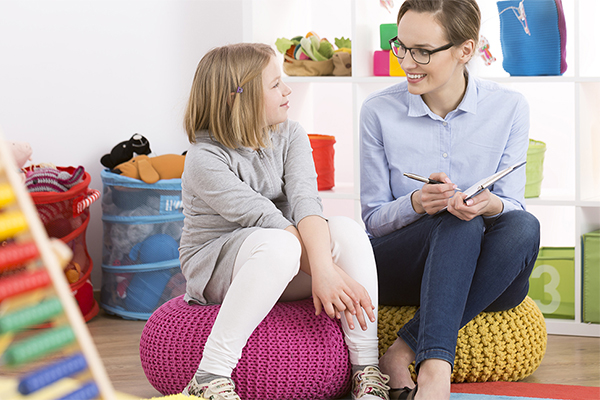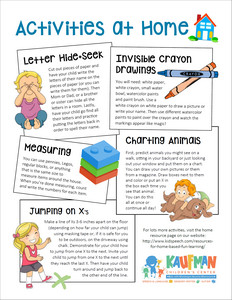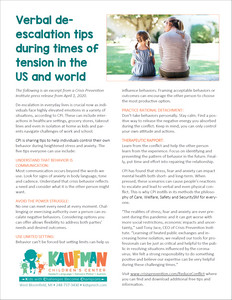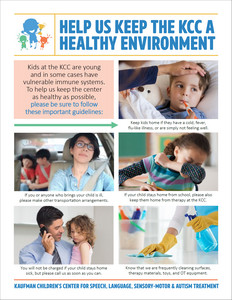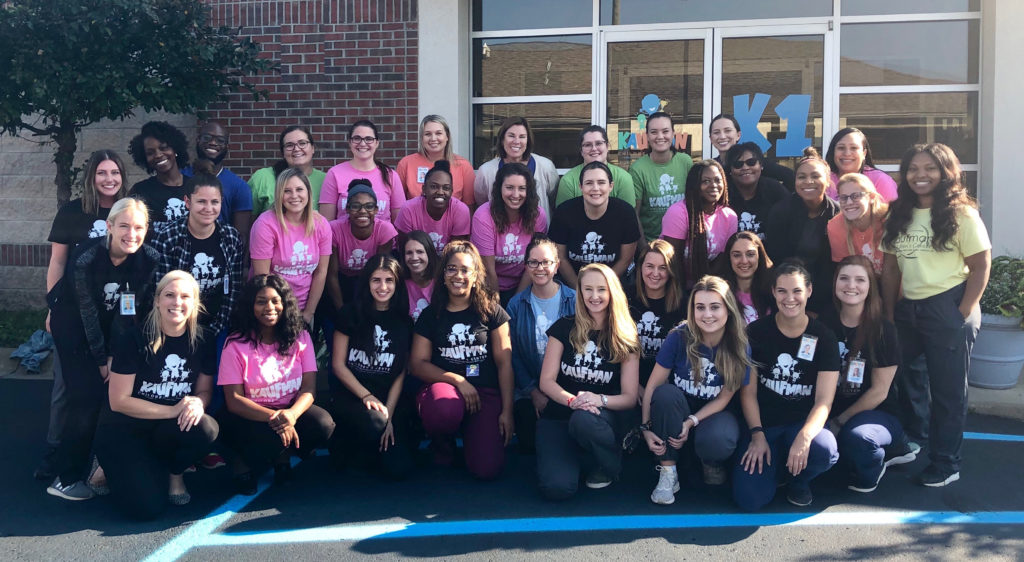BY ALBIONA RAKIPIS, MA, CCC-SLP
Speech-Language Pathologist
As a speech-language pathologist who works with young children, I can tell you that one of the best ways to ensure successful therapy is to discover what motivates the child: toys, treats and activities they love that can be used to encourage them to give their all in sessions.
This method is used across the board in our speech and language therapy, occupational therapy and applied behavior analysis (ABA) autism programs.
Discovering the right encouragement for each child takes time, effort and planning. We begin by building trust and trying to figure out their likes and dislikes. Depending on the child, this could take a few sessions, and input from parents can help us better understand who the child is and what motivates them.
Developing a bond and winning the child’s trust is important. They have to know that when you place a demand on them, they will be positively reinforced with one of their highly preferred items or activities. When a difficult task is paired with something the child enjoys, the task itself becomes a positive experience.
Parents can reinforce this positivity by promising something special if the child works hard in therapy. Be sure to communicate this with your therapist, so you’re all on the same page.
Once you discover how to motivate the child, it’s important to keep them motivated by making them feel successful. If every demand we place on a child is difficult, their motivation will decrease. Challenging tasks help move them forward in therapy, but mixing in activities that are easier helps give them frequent feelings of achievement.
Praise is so important! We make sure children know how pleased and excited we are about all their hard work. Children will often match the energy level of the adult they’re working with, so it’s important that we remain enthusiastic.
If you’re able to observe, be sure to compliment them on something specific they did during the session, such as, “I like the way you said ‘open’ when you wanted the box opened.”
Therapy should feel and look fun. Children should feel challenged, successful and reinforced with some of their favorite things. When you discover new and interesting things that motivate your child, don’t hesitate to share them with your therapist.
